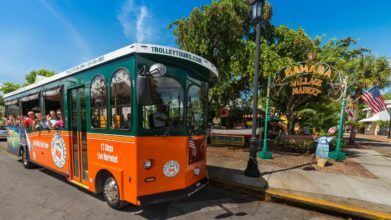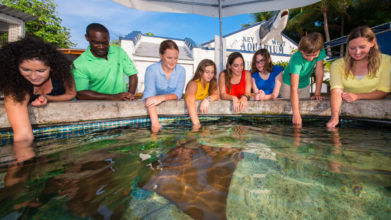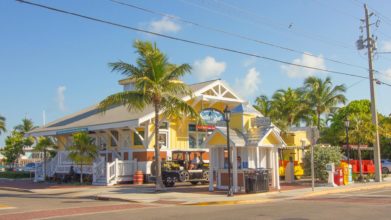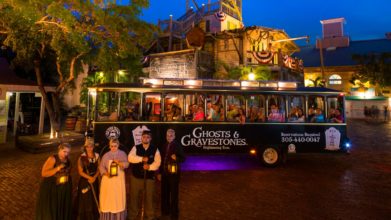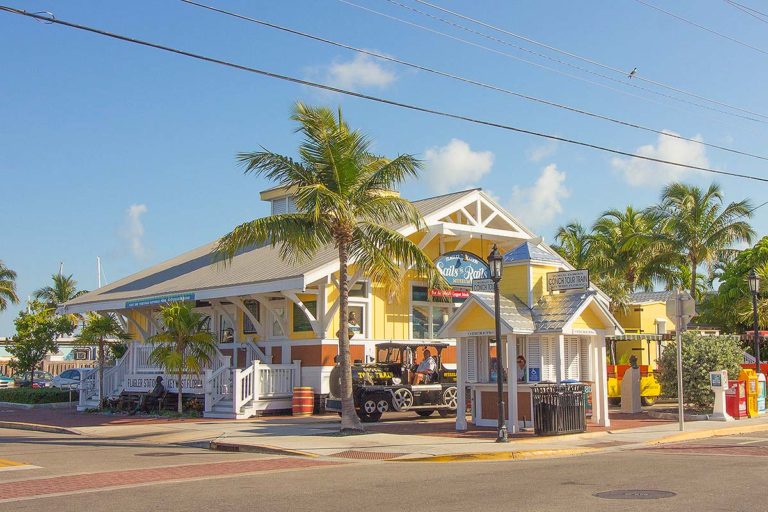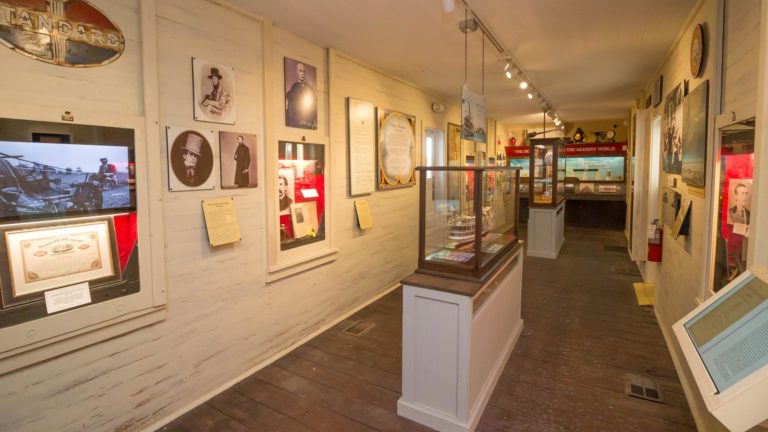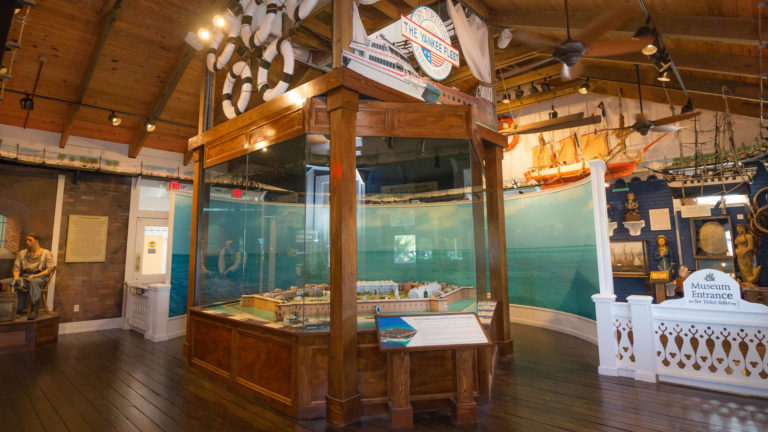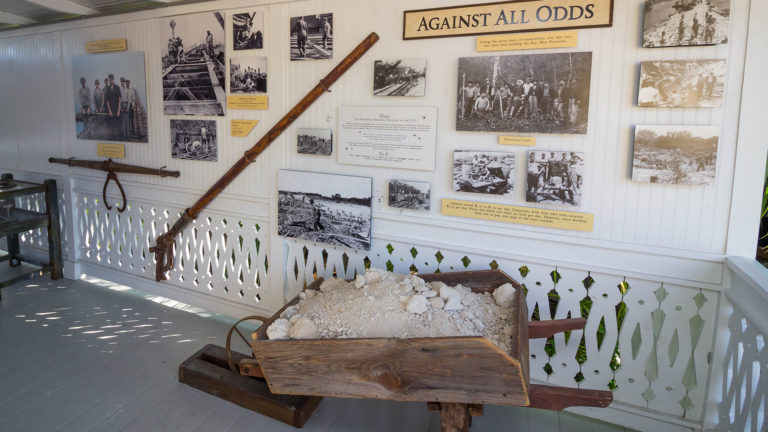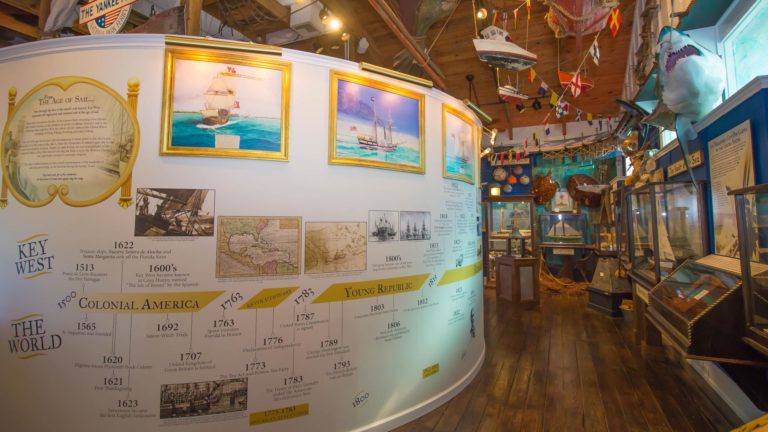A visit to the Sails to Rails Museum is one of the most comprehensive overviews of the Florida Keys and Key West history a visitor can obtain. It is a top attraction in Key West for adults and kids of all ages.
Your Sails to Rails Museum Includes:
- Discover the Age of Sail in the Caribbean, Gulf of Mexico and the Florida Keys
- View a diorama of Fort Jefferson National Park
- Lift a genuine silver bar from the Spanish galleon Nuestra Señora de Atocha
- Enjoy video presentations on the Overseas Railroad
- Step back in history to 500 years ago
- Hands on, immersive activities for children and adults
- 100% satisfaction guarantee
Sail power was used the day the treasure fleets returned from Mexico and South America, initially to rid the Caribbean of piracy, and in the industries that made Key West the richest city per capita in the United States: sponging, turtling, fishing, wrecking, and cigar making.
The end of the Age of Sail came with the beginning of steam power in the 1820s and during the Civil War years of the 1860s, when the vicissitudes of industry gave way to the speed and reliability of steam. Despite its rapid decline, sail remained part of the industrial fabric of Key West until its last ship was built in 1939: The Western Union, the cable tender serving its namesake company.
There was a time in America when railroads opened up the frontiers of an emerging nation. Railroads meant connection to commerce, wealth, and politics of a young country. In a sense, the United States of America was built on the foundation of its railroads, and Florida was certainly no exception.
In 1900, the life expectancy of males in the United States of America was a mere 47 years. Henry Flagler was 70-years-old and one of the wealthiest men in the world from his partnership with John D. Rockefeller in the founding of the world’s largest company, Standard Oil of New Jersey. For the health of his wife, Henry Flagler first came to Florida in 1885 and became entranced with the dream of seeing it become the country’s Riviera. His aspirations for luxury hotels along the East Coast of Florida developed it into the state it is today.
Realizing that the Panama Canal was going to be completed in 1913, Henry Flagler in 1897, first conceived of establishing a rail head in the southernmost deep-water port of the state: Key West. Thought to be impossible and even labeled “Flagler’s Folly,” the Key West extension was begun in 1905 and was, indeed, an engineering marvel.







